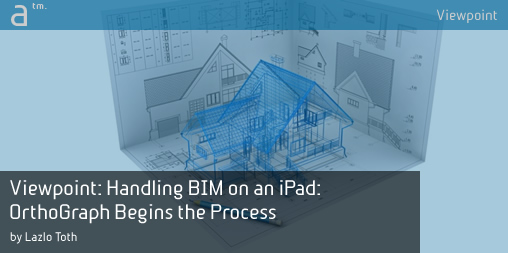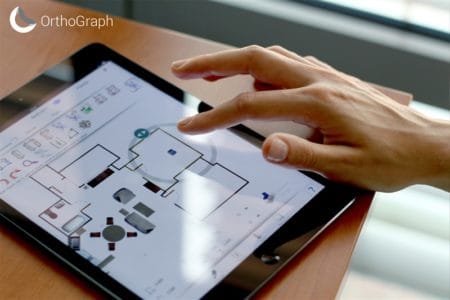What is BIM?
Over the past five or more years architects have increasingly confronted a new question: what is BIM? This question has been particularly pressing for more seasoned architects who started their careers on paper and mylar using parallel bars for drawing straight lines. These days, all younger emerging professionals are educated in what BIM is.
So what is BIM?
Well, BIM is a digital revolution—a way of working, which means information modeling and management through teamwork, where all members work on the same standards with each other. BIM, which stands for “building information modeling,” consists of the virtual representation of all physical building elements—like walls, openings, location of structure, et cetera.
Through this BIM can handle the entire lifecycle of the building, from planning, design, simulation, analysis, building construction and operations. In some ways, BIM is roughly analogous to PLM, or product-lifecycle management, in the industrial manufacturing world. Like PLM, BIM ultimately gains its final value system after the constructed reality of a built environment goes into life through occupancy and building systems operations. In other words, the lights are on, people are inside and they are using the building for its intended purpose.
Handling BIM on an iPad: Advantages
Today’s modern tablet computers, particularly the Apple iPad, are popular in AECO (architecture, engineering, construction and operations) for the use of mobilizing BIM data in the field.
Through popular apps for the iPad, architects, for instance, can bring BIM models on their iPads onto the construction site. This has many advantages, including substituting for carrying large rolls of physical drawings, as well as carrying digital data about the building that can leap from app to web for further information, via hyper-links and other references, including other apps.
Another key value of BIM on the iPad is that some apps can enable AECO professionals to do traditional field-work, clipboard-oriented tasks on a profoundly more capable device—the iPad! One such clipboard-oriented task is taking field notes and dimensions of buildings in both design, construction and operations phases of a building’s lifecycle.
How OrthoGraph Handles BIM
Today AEC professionals can save volumes of time bringing over those older analog processes to the digital world. OrthoGraph Survey System, which is a building survey system—running on an Apple iPad—handles complex field surveying work well, and in addition, can manage complex BIM properties.
These properties consists of things like: complex hierarchical locations of structure, doors, and windows with opening directions; 46 intelligent placeholder objects (smart objects), and all with several predefined and unlimited number of custom properties, even for walls and locations.
Advertisement
All these complex BIM data can then be exported to IFC and DXF files, which can then be used in several CAD and BIM software platforms, accelerating the process of field to BIM workflows. By providing excellent survey and field-oriented features and functions, including Sketch & Tap, PDF Room Book, Microsoft Excel output, 3D walkthrough and more, OrthoGraph has become a market leader in building survey apps for the Apple iPad platform, which in the US market, is the leading tablet computer platform in construction.
About Author
Lazlo Toth is the general manager of software developer, OrthoGraph Ltd., a Budapest, Hungary, based company in the mobile application space. A co-founder of this startup in Graphisoft Park, along the famous Danube river, Lazlo leads the small development, sales and marketing team behind OrthoGraph Architect 3D, an award-winning app for iPad. Orthograph’s other founder, Adam Korbuly, is a software engineer who formerly worked for Graphisoft, which is literally right next door.
MORE: Startup on the Danube Aims to Simplify Building Survey Process





Reader Comments
Comments for this story are closed